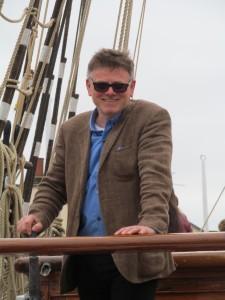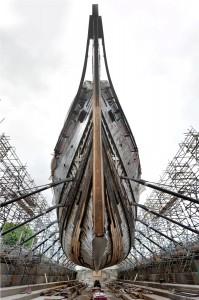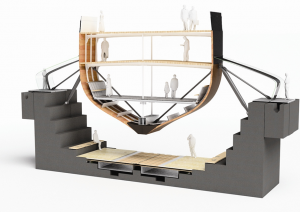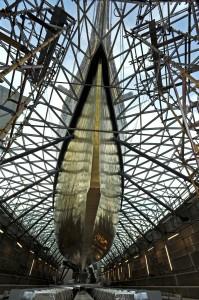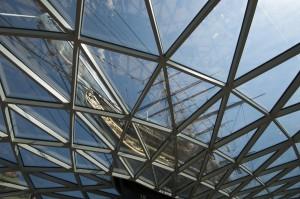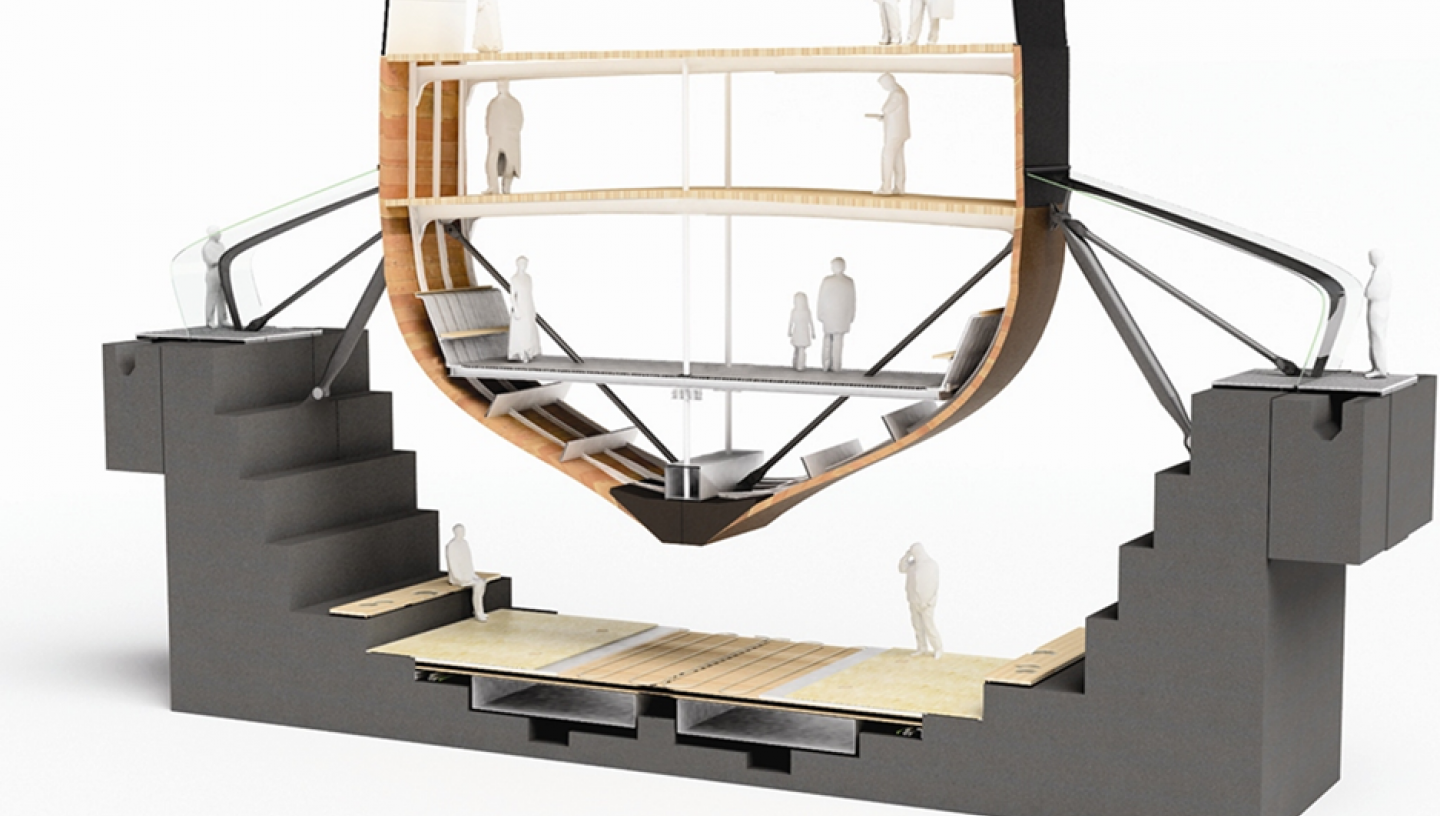
Essential Information
| Location |
Cutty Sark
|
|---|---|
20 Dec 2013
Between 2006 and 2012, the Cutty Sark Trust undertook an ambitious conservation project to save the last remaining tea clipper. Recollections is a series of short interviews with key people who worked on the project.
Christopher Nash, lead architect for the project, gives his insights. How important was this project for you personally? This was a dream project for me. It came at a point in my career when I wanted a change from huge projects like airport masterplans. And as a sailor, I felt I could bring more enthusiasm and insight to the Cutty Sark project with this experience. I also have a family connection – my grandfather was born in Greenwich, where the ship is now, and was apprenticed to a Thames barge builder as a carpenter.
How did the idea for raising the ship come about? It was clear from the moment we were engaged on the project that we needed a radical idea to present the ship in an exciting way for 21st century audiences as well as making sure she was conserved. Early on, I went down under the ship and realised that I hadn’t really appreciated how important the hull shape was to the speed of Cutty Sark. Perhaps in the back of my mind was the experience of walking under the blue whale at the Natural History Museum. It’s very common for sailors to look at their boats from below in a boatyard but it’s not common for most people and it would be the best opportunity for them to appreciate the ship’s shape. This was the beginning of the radical idea, and lifting the ship also took the weight of the ship off her fragile iron framework.
Did you know from the outset it was achievable? At this stage we didn’t know whether it would be possible to raise the ship but, once engineers looked at it, we were all confident within a couple of weeks that it was a practical idea. I knew we were able to design the support structure with minimal visual intrusion, although it was challenging. The complexity of the junction where the edge of the glass canopy meets the sides of the ship was particularly difficult.
What did you think about the criticisms of the plan to raise the ship? I was very surprised to hear these criticisms because once the ship was raised you could see more of her. It was as if the accident of history in the 1950s which put Cutty Sark at a particular level in an artificial berth had become a historical fact itself. To my mind, this opposition, to pretend the ship was in a real dock, displayed a bit of ‘Disney-thinking’ – perhaps they wanted a few jolly jack tars sitting around on bollards to make it more of a Pirates of the Caribbean set. It’s not in the blood of my generation of architects to work like this.
How did the design for the canopy emerge? We could not just raise the ship without protecting visitors from the elements so we developed a number of options leading to a glass bubble canopy. It was the glass company Seele who proposed a framed glass structure and together we developed a sophisticated solution – a continuous geodesic dome, stretched long and thin, in which the ship appears to sit. It’s a great piece of engineering that we worked hard on to improve the elegance.
What is your best moment in the project? If you ask me to pick just one, it was when all the scaffolding was taken away from the newly raised ship – it looked like she was floating on air. We had realised the radical idea.
Watch our short trailer and see how the ship looks today post-project
